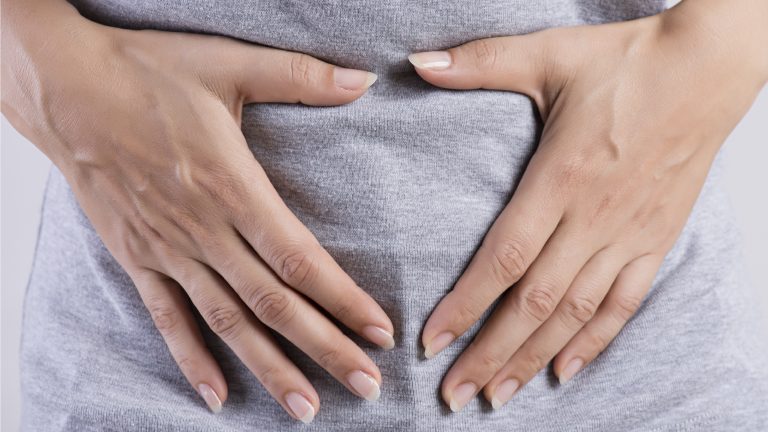Heart Disease and Pregnancy
During pregnancy, some changes happen in cardiocirculatory system:– Amount of blood increases by 40%.
– Amount of blood pumped by the heart increases by 40%.
– Decrease in blood pressure, by 10 mmHg.
– Heart rate increase by 10 – 15 beats/min
If you have cardiovascular disease, you should consult both cardiologist and obstetrician before attempting pregnancy.
Cardiomyopathy:
Women with Cardiomyopathy should:
– Be evaluated by chocardiogram before conception, or as soon as possible after pregnancy is confirmed.
Coronary artery disease:
– Stress testing can be recommended to rule out active ischemia.
– It is recommended that medications such as lipid-lowering therapy, angiotensin converting enzyme inhibitors, and antiplatelet agents to be discontinued.
Women with artificial valves:
As some anticoagulant medications can be harmful to the fetus, women are advised to be evaluated by a cardiologist before planning a pregnancy.
Mitral valve stenosis:
– Surgical correction of the valve is recommended before pregnancy.
– Correcting while pregnant is possible by catheter-based procedure.
Aorta Disease:
Women are advised to be evaluated by a cardiologist before planning a pregnancy.
After becoming pregnant:
Pregnant lady is expected to:
– Follow-up appointments throughout pregnancy.
– Have more frequent blood and urine tests.
– Do Echocardiogram and Electrocardiogram tests.
– Take medications as prescribed.
– Monitor body weight.
– Avoid smoking and caffeine.
Labor and delivery:
– Usually delivery will be in hospital specializes in high-risk pregnancies.
– Epidural anesthesia can be used to relieve pain.
– Arterial pressure and heart rate are monitored during labor.
– ECG monitoring might be required according to patient’s condition.
– Vaginal delivery is preferred as it holds less cardiac risk than cesarean delivery.
– Spontaneous labor is preferred to induced labor.
– Continuous electronic fetal heart rate monitoring during labor.
– the mother might be asked to lie on her side instead on her back and have one of the knees toward chest.
– Doctor may ask the mother to limit her pushing and use instruments to help deliver the baby.
– Antibiotic treatment before and after delivery might be given to avoid the risk of endocarditis.



